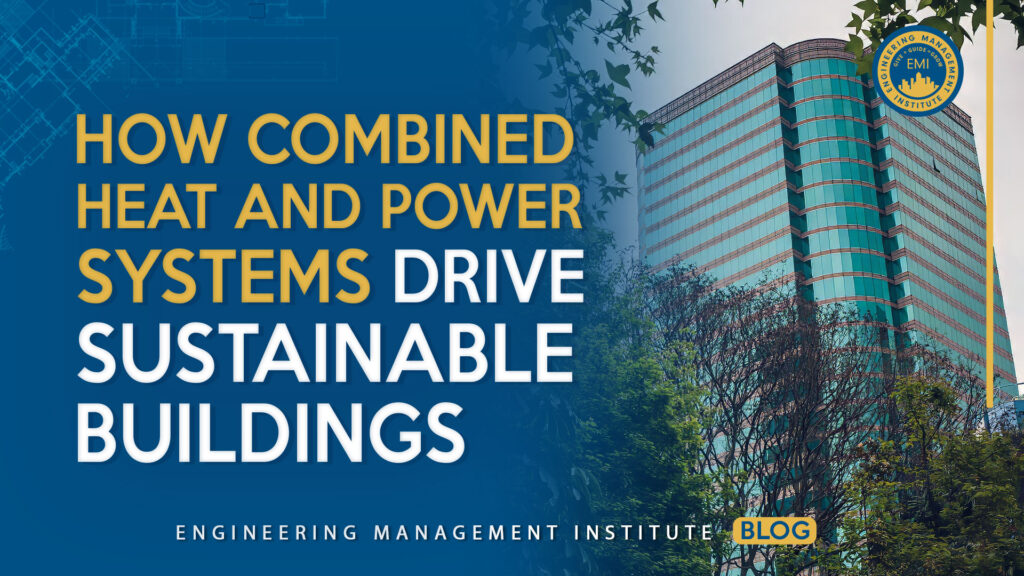As climate change and resource scarcity become more pressing, how we design and power our buildings is evolving. Two powerful strategies—sustainable building practices and combined heat and power systems (CHP)—are helping shape a more energy-efficient, resilient, and eco-friendly future.
What Are Sustainable Building Practices?
Sustainable building, or green construction, is all about reducing the environmental impact of buildings throughout their entire lifecycle, from design and construction to operation and demolition.
Here Are Some Key Elements:
- Energy-Efficient Design: Think high-performance insulation, smart HVAC systems, and energy-efficient windows.
- Eco-Friendly Materials: Using recycled, renewable, and locally sourced materials helps reduce carbon emissions.
- Water Conservation: Low-flow fixtures and rainwater harvesting systems reduce water waste.
- Healthy Indoor Environments: Better air quality, natural lighting, and non-toxic materials improve occupant well-being.
- Renewable Energy Integration: Solar panels, wind turbines, and geothermal systems help buildings generate clean energy.
What Is Combined Heat and Power (CHP)?
Combined heat and power systems, also known as cogeneration, are highly efficient systems that produce electricity and heat from a single fuel source, often natural gas or biomass. Unlike traditional power plants, which waste heat, CHP captures and uses it for heating or cooling.
Why CHP Matters:
- Efficiency Boost: Combined heat and power systems can reach 60–80% efficiency, compared to about 50% for conventional systems.
- Lower Emissions: Less fuel use means fewer greenhouse gases and pollutants.
- Energy Resilience: CHP can operate independently of the grid, providing backup power during outages.
- Cost Savings: Reduced energy bills and operational costs make CHP a smart investment for many facilities.
Integrating Combined Heat and Power Systems into Sustainable Design—Applications You Never Thought Of:
When sustainable building practices are paired with combined heat and power systems, the result is a powerful synergy. These facilities not only consume less energy but also produce it more efficiently, increasing resiliency and reducing the carbon footprint.
Long used in the hospitality sector and commercial and residential real estate, combined heat and power systems have a proven history of success. However, recent market developments have enabled two perfect applications that seem tailor-made for CHP. With evolving industries continuing to focus on power and thermal energy, over the past 10 years, two clear market applications have emerged:
- Indoor Agriculture
- Data Center (like EDGE and Hyperscale)
Ironically, these two very different industries have very similar operational profiles. They constantly consume electricity, and they continuously consume thermal energy. Combined heat and power systems have successfully been deployed at multiple indoor agriculture facilities around the country, but not many consumers would have seen the application of indoor agriculture systems to data center operations. Uniquely positioned to deliver continuous power and thermal energy, struggling indoor agriculture facilities are evaluating opportunities to transition to data center operations (those with the appropriate infrastructure, of course). As some indoor agriculture businesses continue to struggle, they recognize key elements of their asset base that the data center community is scrambling for: power, land, and water. With a little luck, fiber is nearby, and a new application is ready-made.
The key message here is that sound, energy-efficient applications are always in demand when it comes to sustainability. You may just have to think creatively to leverage them.
About the Author:

Sources:
AEC PM Certification
AEC PM Connect
Project Management Accelerator™
Engineering Leadership Accelerator™
Keynote Speaking






